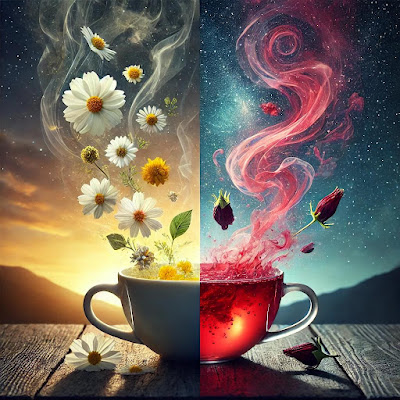Prickly Pear Cactus and Lipid Absorption
Complementary Results: Effects of Patented Fiber Complex of Prickly Pear Cactus (Opuntia ficus indica) On the Binding of Non-Specific Fat-Soluble Vitamins, Bile Salts and Acids
While the fat absorption properties of the Prickly Pear Cactus (Opuntia ficus indica) patented fiber complex have been laboriously studied and documented, the effect of the complex on other nutrients and biochemical enzymes needs to be examined in order to ascertain the complex's safety in vitro. For this reason, a clinical study was conducted on the effect of the Prickly Pear Cactus complex on fat-soluble vitamins A and E, as well as on bile salts and acid.
Vitamins A and E:
The fat binding product patented fiber complex of Prickly Pear Cactus (Opuntia ficus indica) was added to a mixture of sunflower oil containing approximately the recommended daily nutritional amount of vitamins A and E. The test was performed under conditions (aqueous phase, temperature, pH) comparable with those of the digestive tract. Patented fiber complex of Prickly Pear Cactus (Opuntia ficus indica) interacts with the fat content and decreases the quantity of fat remaining in the medium. By analysing the vitamins in each remaining fatty phase the capacity of patented fiber complex of Prickly Pear Cactus (Opuntia ficus indica) to bind specifically to fat-soluble vitamins can be evaluated. The results of the in vitro tests show that patented fiber complex of Prickly Pear Cactus (Opuntia ficus indica) does not bind to fat-soluble vitamins A and E in a specific manner. This is supported by a clinical pre-study. In conclusion, the product does not pose a risk to vitamin levels.
Bile salts and acids:
Fiber is differentiated from fats primarily because of its ability to interact and bind with bile salts. Bile salts are requisite in the emulsification of dietary fats, and pancreatic lipase is one of the most vital of these salts. In addition to their aid in the emulsification process, bile salts also play a role in gastric emptying and transit time. Both bile salts and cholic acid are derivatives of cholesterol, and their emulsification capacities are further enhanced by taurine and glycine. In the colon, bacteria separate these amino acids from the cholic acid. The resulting compound is excreted from the body in the form of stool. The majority of bile salts are reabsorbed after passing through the small intense and recycled, eventually repeating the cycle by returning to the liver.
The clinical trial results indicated that the Prickly Pear Cactus fiber complex had an effect on these bile acids. The concentration of bile acids were measured on freeze-dried stool samples, and by examining their bile acids it was concluded that the fiber complex binds with some of the bile acids and prevents them from being degraded by the pancreatic lipase. This lack of emulsification is wholly responsible for why the complex prevents some lipid absorption, as these acids are rendered incapable of being digested.
J. Boyns - CEO/Founder of [http://www.inspiredhealthsolutions.com]
Article Source: http://EzineArticles.com/?expert=James_Boyns
http://EzineArticles.com/?Prickly-Pear-Cactus-and-Lipid-Absorption&id=4518063


Comments